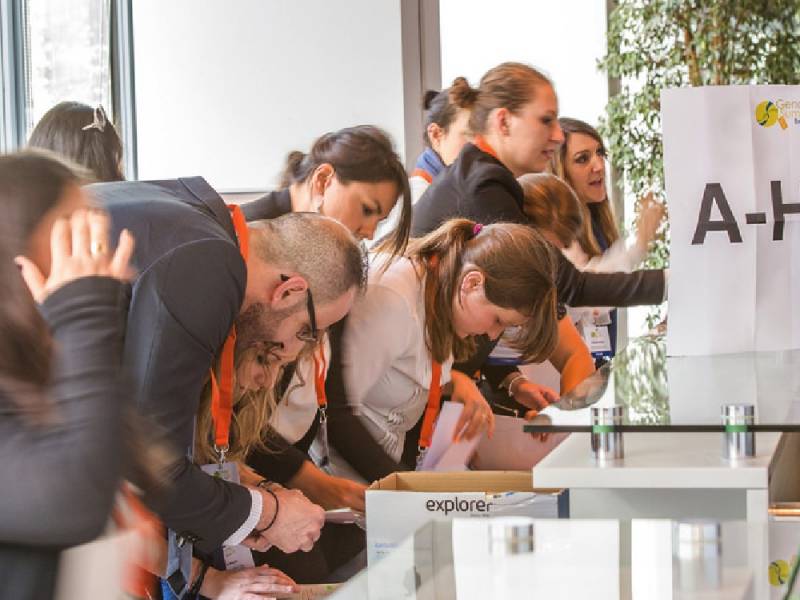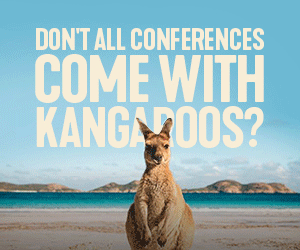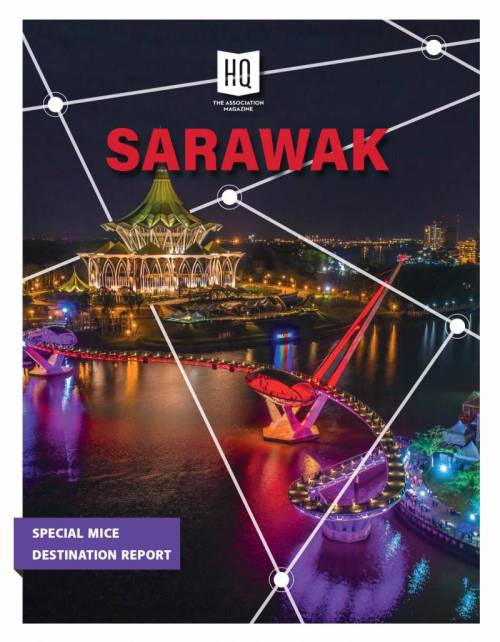Synergists forming Fellowships

Working for an organisation that carries the slogan ‘collaborating for a smarter world’, it will come as no surprise that I strongly believe in the importance of creating innovation synergies though partnerships. Of these, strategic alliances are probably one of the most relevant models for associations. Why? Because they allow mission-driven organisations (like associations, non-profits, NGOs, etc.) to significantly increase their impact without compromising their autarchy, integrity or business model.
Text Benita Lipps
Much has been written about the key success factors of strategic alliances in the non-profit sector and there is no need to elaborate on the importance of ‘hard factors’ such as clear aims, sufficient resources, suitable structures or continuous evaluation. Increasingly, the importance of ‘soft factors’ such as trust, expectation management, continuous communication and leadership is also acknowledged in the relevant academic literature and case studies.
Instead, the following paragraphs aim to draw your attention to two lesser-known aspects of successful strategic alliances - factors that we have termed ‘alliance catalysts’ and ‘alliance fellowship’. At the DaVinci Institute, we witness both factors - the presence of strong catalysts and a clear notion of fellowship - in all truly successful partnerships yet don’t often read about these in the relevant publications. In order to go beyond the theory, we’ve asked the coordinators of a rather interesting strategic alliance to contribute their insights: an organisation that has been growing from a national NGO into a global driver for gender equality in science within five years: Portia and the Gender Summit Community.
The first Gender Summit was held in 2011 - mainly as a dissemination conference for the EU-funded ‘genSET’ project under the leadership of Portia, a UK organisation established to respond to the then UK government's concerns about under-representation of women in Science, Engineering and Technology. Since then, the Gender Summit expanded into a series of regional summits in Europe, North America, Africa and Asia-Pacifica, as well as a global community of scientists, policy makers and gender scholars dedicated to promoting the importance of gender as a dimension of quality in research and innovation.
This was made possible by forming strategic alliances with partners such as the National Science Foundation (NSF) in the USA, the Human Sciences Research Council (HSRC) in South Africa, Elsevier, the Korea Institute of S&T Evaluation and Planning (KISTEP) and the National Council on Science and Technology of Mexico (CONACYT). Today, the Gender Summit community represents the knowledge and experience of 5,000+ international experts, several hundred of science organisations and a variety of key STEM stakeholder groups.
Alliance Catalysts - The Power of Relationships
Despite being a business venture, it is important never to forget that strategic alliances rise and fall with the people who forge, promote and implement them. This is both a great opportunity and a very concrete risk in any partnership. Good alliances rely on high-level supporters or ‘sponsors’ within each partner organisation acting as alliance catalysts - often well beyond the remit of their job description: “You need committed individuals within key organisations who are prepared to take on the mission and the risks” explains Dr. Elizabeth Pollitzer, Portia’s Director. They need to be personally motivated, “because what is expected of them is usually outside their normal responsibilities.”
Commitment like that cannot be negotiated over a business meeting - it takes time and effort to develop: “We first invited the NSF because of their ADVANCE programme, the aim of which was directly relevant” remembers Dr. Pollitzer, “We made a big effort to ensure that [the NSF representative] saw the importance of their participation and was comfortable with the role they could play. We also ran into her at the hotel and had dinner together. [After the summit], we remained in constant touch about the progress, to maintain interest in our approach but also to understand where the common ground is.” This ultimately led to an invitation in 2013 to hold the Gender Summit in the USA. Key to this was one very invested catalyst: “It was really she as a person that has driven things in the USA and North America, because she is very diplomatic, she knows what can be done within the NSF, and she understands all the agencies in the region work.”
At the same time, a breakdown in the relationship can also signal the breakdown of an alliance: “The biggest problem that can happen is if you have someone in leadership who is keen and supportive and then suddenly there’s a change at the top. You thought you are working with an organisation that’s on your side, and suddenly, they seem to be totally hostile towards the common goal,” comments Dr. Pollitzer.
Alliance Fellowship - Sharing Ownership for a Joint Cause
Another less known characteristic of successful strategic alliances is their commitment to sharing knowledge, data and insights for a greater common good and sustainable impact. This also holds true for the Gender Summit Community: “We are trying to not talk about problems. We are saying to people ‘this is really about opportunities’. It’s an opportunity to make the science knowledge better, an opportunity to use the science knowledge for real economic and societal benefit. And I think people like that.” explains Dr. Pollitzer.
While it may seem obvious, sharing certainly isn’t a common feature in the practices of most strategic alliances. Despite uniting under a joint objective, difficulties often arise when partners are unable or unwilling to share key assets, knowledge or resources openly. And indeed, it is not always easy to ‘give away’ the knowledge, resources and expertise that forms the very core of one’s capital, says Dr. Pollitzer: “It slightly bothers me when our ideas and resources are used without acknowledgement, but then I think: well, it doesn’t really matter because it just means that the whole message spreads and more people want to do it.” Ultimately, an alliance can only work if partners agree to subordinate their own ideas, objectives and conceptions to what’s truly best for effectively tackling the important cause or the people they aim to serve together.
Real synergies can only develop if alliance partners are willing to invest, share and exchange resources: “I think that the process always begins with us trying to make sure everyone is on the same page, trying to convey what the message behind the Summits is because it’s mission and format is quite unique and people sometimes need to be steered away from their traditional ways of doing things ,” says Henrietta Dale, Portia’s Operations Manager. “But once everyone is on board, it’s really important to ask ‘what’s your input?’”
It’s essential that all partners are involved in developing the vision, plans and projects. Any notion of ‘we’re here for your resources (distribution network, membership database, funding) but not for your ideas’ kills alliances. Therefore, those who initially ‘own’ the vision will do well to truly share that stake with their partners. “There is not much point feeling precious about certain things if the main [alliance] goal requires that everybody really cooperates,” confirms Dr. Pollitzer.
Other Articles
About Us
Supported by the Union of International Associations (UIA), the International Association of Professional Congress Organisers (IAPCO) and the Interel Group, the global public affairs and association management consultancy, Headquarters Magazines serve the needs of international associations organising worldwide congresses.















